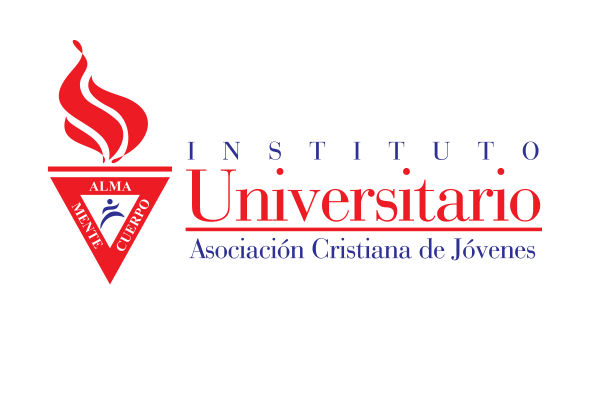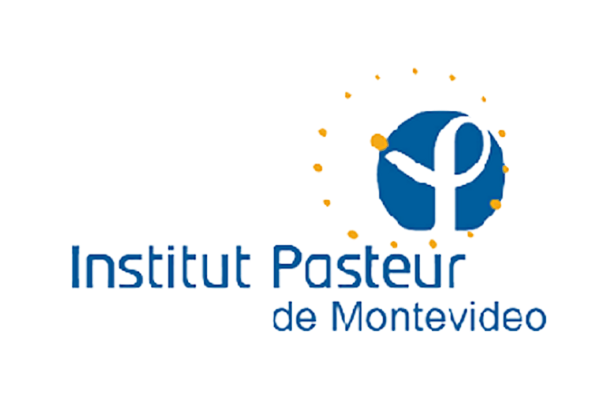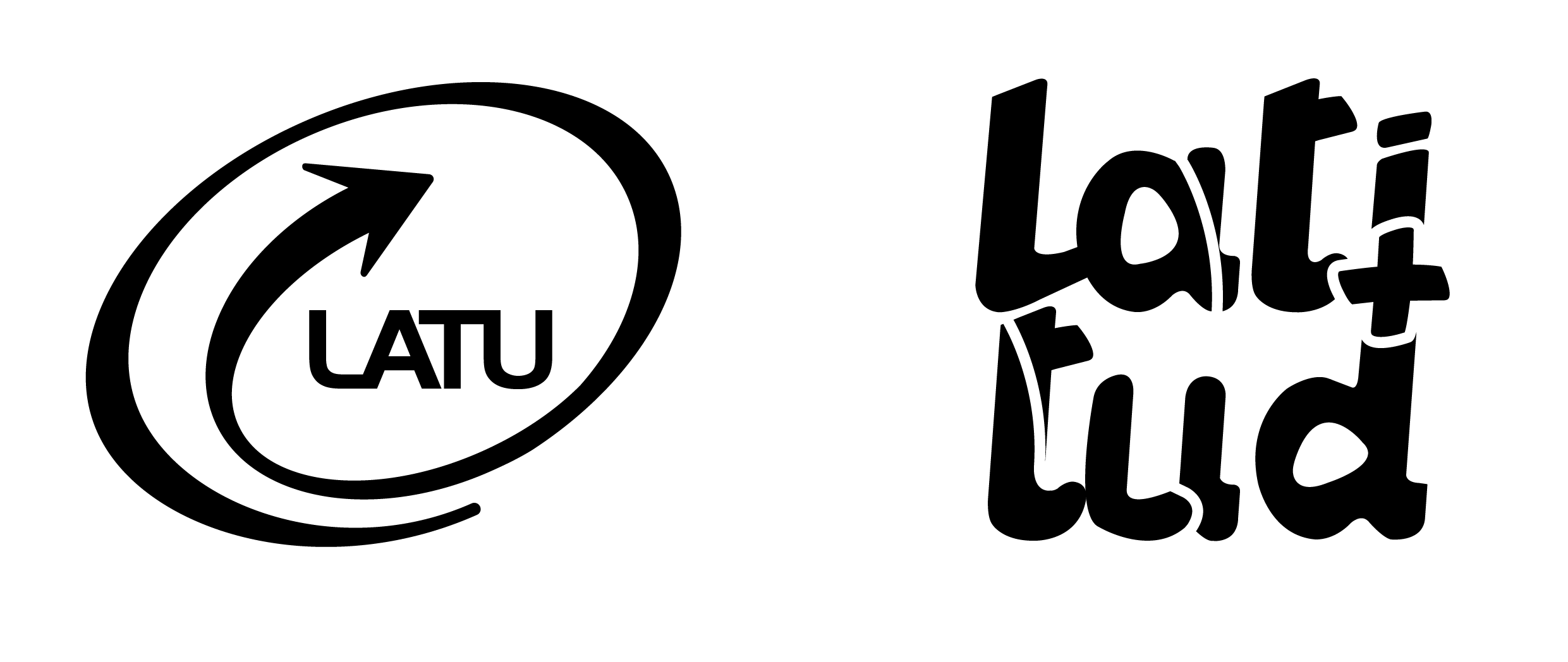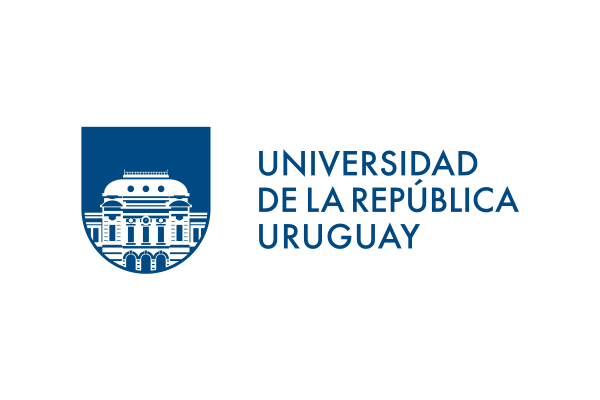Differences in Salivary Flow Level, Xerostomia, and Flavor Alteration in Mexican HIV Patients Who Did or Did Not Receive Antiretroviral Therapy
Resumen:
Objective and subjective alterations related to salivary flow have been reported in patients infected with human immunodeficiency virus (HIV), and these alterations are associated with the introduction of antiretroviral therapy. The aim of the current study was to discern whether these alterations are disease induced or secondary to drug therapy. Objective. The objective was to determine the relationships between low salivary flow, xerostomia, and flavor alterations in HIV patients who did or did not receive antiretroviral therapy. Materials and Methods. In this cross-sectional study, HIV patients were divided into two groups based on whether they had received antiretroviral therapy. Those patients with a previous diagnosis of any salivary gland disease were excluded. A survey was used to assess subjective variables, and colorimetry and salivary flow rates were measured using the Schirmer global test. Results. A total of 293 patients were included. The therapy group showed a significantly lower average salivary flow than did the group without therapy, and we observed that the flow rate tended to decrease after one year of therapy.The results were not conclusive, despite significant differences in xerostomia and flavor alteration between the groups. Conclusion. The study results suggest that antiretroviral therapy can cause cumulative damage that affects the amount of salivary flow.
| 2013 | |
|
SALIVA XEROSTOMIA ANTIRRETROVIRALES VIH INFECCIONES POR VIH TRASTORNOS DEL GUSTO |
|
| Inglés | |
| Universidad de la República | |
| COLIBRI | |
| https://hdl.handle.net/20.500.12008/31501 | |
| Acceso abierto | |
| Licencia Creative Commons Atribución - No Comercial (CC - By-NC 4.0) |












